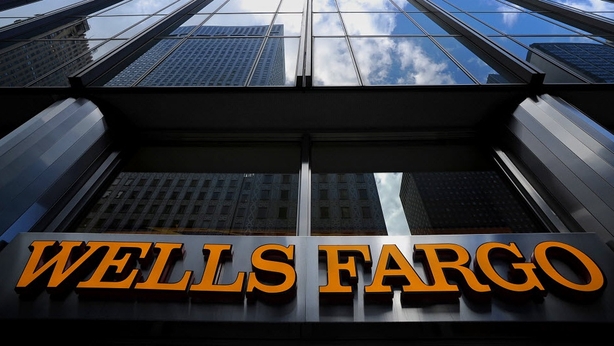The CEO of Wells Fargo has apologised for the bank's years-long practice of opening as many as two million bogus customer accounts that generated fees for the lender.
"I accept full responsibility for all unethical sales practices," CEO John Stumpf told a US congressional panel.
Mr Stumpf said later, "I apologise to all of the American people and our customers and I will make it right."
The bank's board of directors is examining what action it should take against company executives, Mr Stumpf told the Senate Banking Committee.
Earlier this month, the lender agreed to pay $190m (€170m) in penalties and customer payouts to settle a case in which bank employees created credit, savings and other accounts without customer knowledge.
Of the $190m in the settlement, only $5m will go directly to compensate customers, many of whom might have only paid a small fee on unwanted accounts.
But politicians said phoney bank accounts might have hurt customer credit ratings, potentially increasing the cost of a mortgage or car loan.
New credit card applications and consumer borrowing trends can weigh on an individual's credit report.
Thomas Curry, the US Comptroller of the Currency, said in prepared testimony that his agency is considering action against individual Wells Fargo executives.
"The OCC may take formal enforcement actions against institution-affiliated parties, including directors, officers, and employees, who violate any law or regulation, engage in unsafe or unsound practices, or breach fiduciary duty," Mr Curry told a hearing of the senate committee.

Sherrod Brown, the senior Democrat on the senate panel, blasted Wells Fargo for exploiting customers and the bank’s slow response to control the abuse.
"I was stunned when I learned about the breadth and duration of this fraud," the Ohio politician said in his opening remarks.
Wells Fargo has acknowledged bank employees abused customers over five years and about 5,000 employees were fired in that time.
Former bank employees have said they were under intense pressure to add accounts for each bank customer.
Abuses were found as early as 2011, Mr Stumpf said, but bank executives only realised the scale of the problem early last year.
At that time, Mr Stumpf said, bank executives came to recognize a pattern of creating phony accounts could be used to boost unwarranted fees.
“It never dawned on us that there could be a cycle,” the CEO said.
By early 2015, thousands of bank employees had been fired, the Los Angeles Times newspaper had reported the abuses and prosecutors were investigating.

